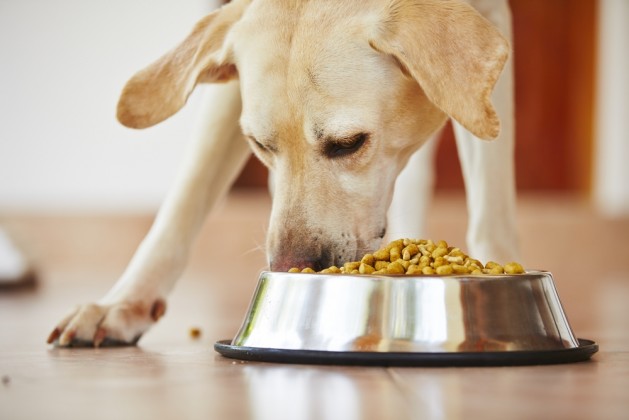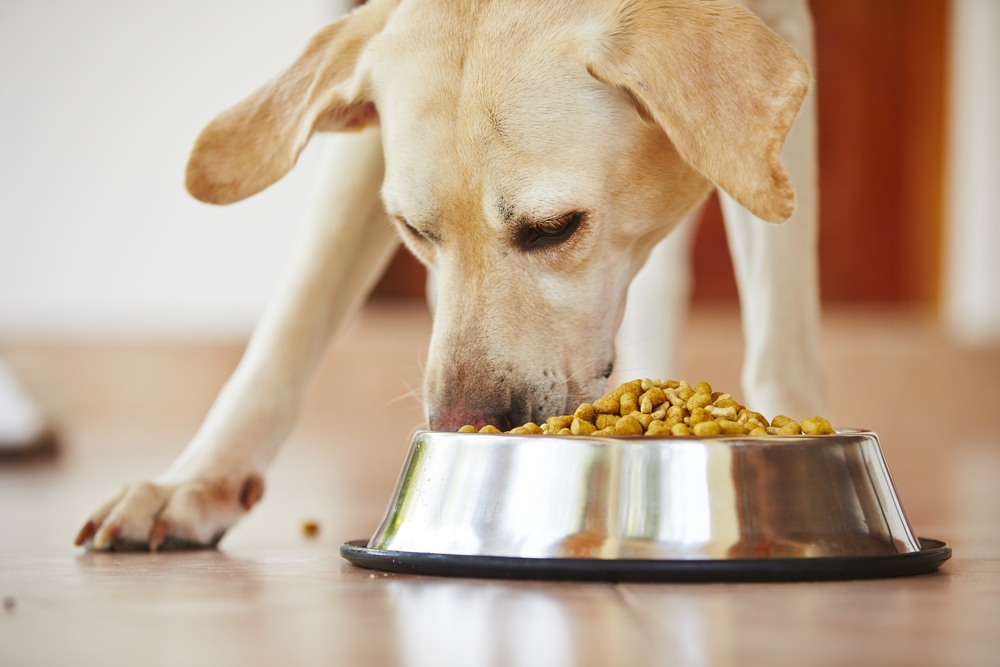
Common pet food ingredients that are really bad for your fur babies
When it comes to pet food, you can’t necessarily take everything on the front of the package at face value. We dug a little deeper and found some alarming information about some pet food ingredients.
Pet Food Doesn’t Have to Be Pre-Approved by the FDA
Unlike human food that comes to market shelves, pet food manufacturers don’t need prior FDA approval. Pet food is regulated with the same rules that govern animal feed. The FDA does its best to make sure that pet food ingredients are generally recognized as safe and that the ingredients have an appropriate use in the formulation. Basically, there’s a lot of trust that’s placed in the hands of pet food makers to comply with the FDA rules.
The Ingredients to Avoid:
Most high quality pet food manufacturers do place a high priority on pleasing both owners and their pets, but not all. Here is a list of pet food ingredients that should be avoided, should you find them listed on the next package of pet food you’re thinking of buying.
Phosphoric Acid: Phosphoric acid is a colorless, odorless mineral acid that is used in various forms as a food acidifier, a leavening agent, a rust remover and—in dentistry—as an etching agent. Sounds delicious, right?
Cats need their food to be within a certain pH range between 6.3 and 6.7. Since phosphoric acid works as a food acidifier, it is used in some cat foods to achieve that balance.
You might find phosphoric acid in some dog foods as well, since it has been used to enhance flavor. The most common place you’ll find phosphoric acid is in Coca Cola. Some studies have indicated that phosphoric acid can contribute to bone loss in humans.
Since pH can be adjusted with other natural ingredients, and since there is some evidence to show it can be harmful, it’s probably not something you want to risk giving to your pet in their food.
Fluoride: Fluoride is a byproduct of the manufacturing process of the phosphate fertilizer industry. It’s very convenient for fertilizer makers to have such a huge market for what would have been a useless waste product. Towns across the nation pay thousands of dollars to have fluoride added to the drinking water, supposedly so we can all have better teeth.
Unfortunately, the dangers of fluoride are becoming increasingly well-known by medical professionals. Fluoride has been linked to increased lead absorption, thyroid disease, dementia, arthritis, bone fractures, and a compromised immune system, as well as many other things.
Fluoride is added to many pet food formulas for the same reason that it’s added to our toothpaste and drinking water. Supposedly it helps your pet’s teeth be stronger and healthier. The reality is that nations that add fluoride to the water do not have healthier teeth and gums than nations that don’t.
The scientifically proven health risks of fluoride far outweigh any anecdotal dental benefits. Just as you’re better off without fluoride, so too is your pet. If you see this ingredient on your package of pet food, keep looking elsewhere for a healthy formulation.
Propylene Glycol: Propylene glycol is an organic compound that is commonly added to dry pet food to inhibit bacteria growth and reduce moisture. Now, you obviously don’t want your dry pet food to be wet and moldy, but this is one ingredient your pet will live better without.
Inside your pet’s intestines, propylene glycol upsets the delicate balance between good bacteria and bad bacteria. Propylene glycol doesn’t discriminate between the different kinds of bacteria; it just kills everything in its wake, so your pet’s immune system could be compromised. If you see this ingredient on your pet’s food label, you might want to pass on it.
Pets do best with natural foods and natural ingredients, just as we do. Basically, if you wouldn’t want to see an ingredient in your food, it’s probably not the greatest choice for your pet’s diet, either.



